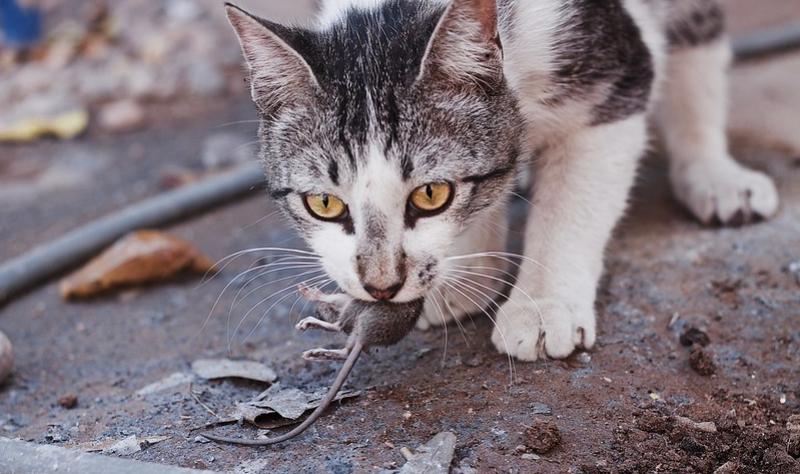An Oregon man contracted plague from his pet cat in January last year—by far the earliest case ever recorded in a calendar year in the state—possibly indicating a seasonal shift of the disease in people.
The man’s case was detailed yesterday in Morbidity and Mortality Weekly Report. Plague, caused by the bacterium Yersinia pestis, is most commonly confirmed in people in late spring or summer. It typically spreads through fleas from rodents.
Oregon had not confirmed a human plague case since 2015, when it recorded two.
Cat contact following knife injury
The man’s saga began on January 19, 2024, when his 2-year-old cat began receiving veterinary care in central Oregon for a neck abscess and vomiting. The cat received oral antibiotics, and a veterinarian drained and excised the abscess on January 24.
The next day, the 73-year-old man cut his right index finger with a kitchen knife and received treatment at an urgent care center. Healthcare practitioners sutured the wound and sent the man home.
Later that day the man had contact with his cat, which was still receiving veterinary care. The next day, on January 26, the man noticed a new tender, raised ulcer on his right wrist. On January 30 he sought care at a local emergency department with symptoms that included skin infection (cellulitis) and swollen lymph nodes extending from the wound on his wrist up to his right armpit.
He was admitted to the hospital and was initially treated with the intravenous (IV) antibiotics ceftriaxone and metronidazole. Hospital lab testing revealed Y pestis in the man’s blood, and plague was confirmed by polymerase chain reaction (PCR) and bacteriophage-lysis testing at the Washington State Public Health Laboratory on February 6.
Veterinarians and medical personnel should maintain a high index of suspicion for Y. pestis infection.
The man’s antibiotic therapy was changed to IV gentamicin and levofloxacin, and his symptoms subsequently improved. He was discharged from the hospital on February 7 and prescribed a 9-day course of oral levofloxacin. “At his follow-up appointment on February 15, he appeared to have made a full recovery, with only mild residual fatigue,” wrote the study authors, who are from the Oregon Health Authority (OHA) and Deschutes County Health Services.
Unfortunately, the man was not able to give the cat its antibiotics after its surgery, and the cat died on January 31. Scientists with the US Centers for Disease Control and Prevention later confirmed Y pestis in tissues from the cat via PCR and tissue culture.
Staying vigilant, even in winter
According to OHA data, previously the earliest case in a calendar year in Oregon occurred in May, way back in 1934. The other 18 cases were confirmed from June through November, in years ranging from 1970 through 2015. Two (10%) of 20 cases in Oregon have proven fatal, 1 of them involving a young child.
The study authors write, “Temperate climates of California’s Central Valley and the Pacific Northwest can be conducive to flea emergence year-round, and various factors, such as unseasonal warm temperatures during the winter, can extend the flea life cycle and potentially promote enzootic [among-animal] transmission.” Fleas can hatch when the temperature is as low as 50°F (10°C), similar to temperatures in central Oregon at the time the cat fell ill.
“The effect of environmental factors, including climate, on plague transmission remains an area of active research,” the authors add.
The effect of environmental factors, including climate, on plague transmission remains an area of active research.
They conclude, “Regular treatment of pets and their surroundings for fleas might reduce the risk for infection with pathogens transmitted by fleas. Y. pestis infection was not considered during the cat’s veterinary screening. Had it been, the pet owner could have been counseled about the risks of animal-to-human plague transmission, potentially preventing zoonotic spread.
“Veterinarians and medical personnel should maintain a high index of suspicion for Y. pestis infection.”
